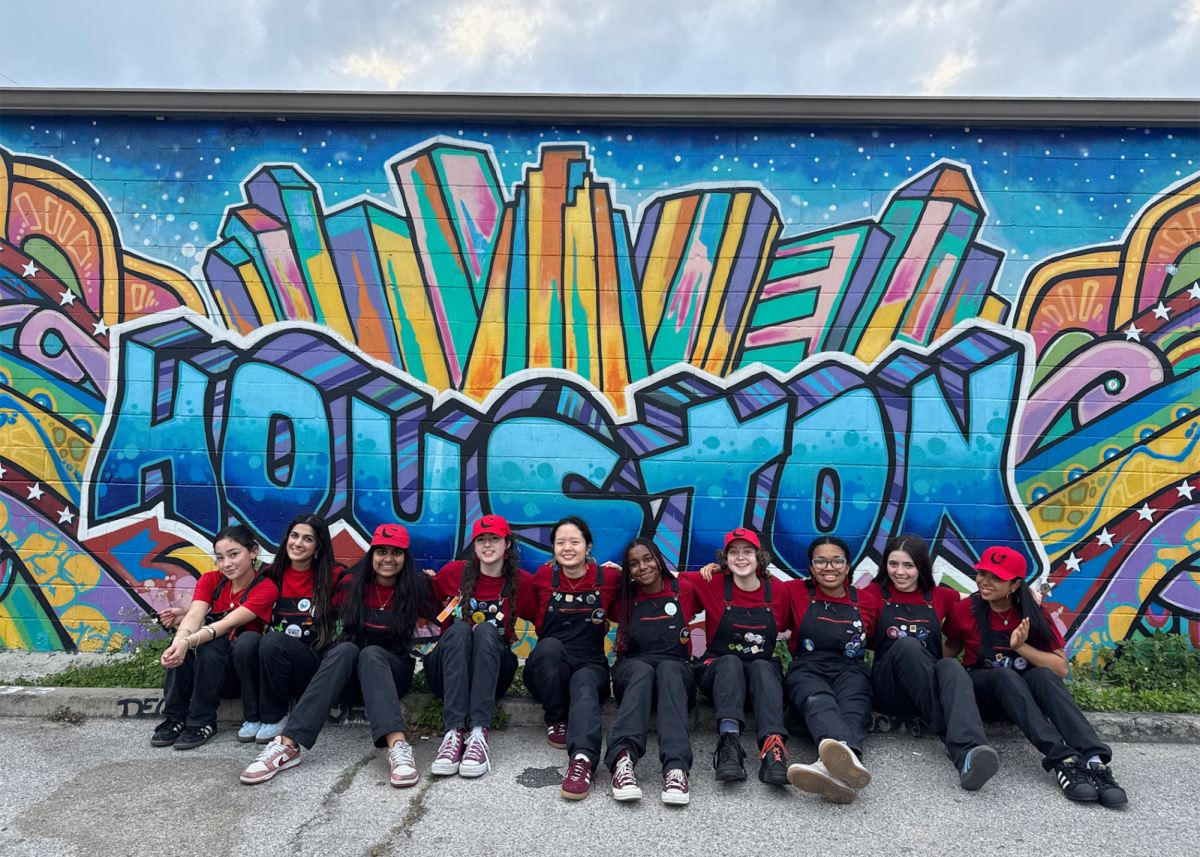
In Egypt, protest marches and demonstrations erupted on Tuesday, Jan. 25, when thousands of discontented Egyptians began taking to the street to protest poverty, rampant unemployment and the governance of President Hosni Mubarak, whose regime controlled the country for almost 30 consecutive years. The revolution culminated on Feb. 11 when Vice President Oman Suleiman announced Mubarak’s resignation on state television and transferred executive power to the Supreme Council of the Armed Forces until elections can be organized.
The seeds of discontent were first sown on Dec. 18, 2010 when an explosive wave of street protesters in Tunisia led to the removal of autocratic President Zine el-Abidine Ben Ali, who had ruled for nearly 23 years. Like the Egyptian crisis, these Tunisian protests, formally known as the Jasmine Revolution, were reportedly caused by civilian anger over unemployment, food inflation, corruption and poor living conditions.
The largest protests in Egypt occurred on Friday, Jan. 28, at which point the government took the unprecedented step of blocking all Internet and social media services in the country. Twitter, Facebook and Google, which were previously being used by organizers to coordinate protests, became inaccessible. In addition, text messaging and cellular connections became strictly prohibited. Monitoring of these sites not only enraged Egyptian citizens but also brought increased international attention to the revolution.
Stuart Posin, Director of Academic and Administrative Technology at Marlborough, said that technology plays a significant role in facilitating political uprisings like the one in Egypt.
“Social media played a huge role in the Egyptian protests, which I believe established the new normal for political disputes around the world,” he said. “Technology will do much more in the years to come. We have seen nothing yet.”
Science instructor Dr. Nessim Lagnado, who is Egyptian, said that he could relate to the current situation, as he and his family lived through the Egyptian Revolution of 1952.
“When I grew up there, something very similar happened when the regime of King Farouk was upset by the military,” Lagnado said in an e-mail. “People took to the streets rioting and in protest, burning things. So, when I look at the current pictures of Egypt in the midst of this crisis, I see something that I can identify with.”
In the classroom, Marlborough has promoted awareness of the crisis by integrating these topical events into curricula of the Department of History and Social Sciences. 8th Grade Global Studies classes in particular have embraced classroom discussion and research pertaining to the revolution.
“It is interesting for my students to see this happening,” Dean of Faculty and history instructor Martha Schuur said. “My class has been reporting on the crisis and following the affair online for homework and during class. It is definitely a Global Studies hot topic.”
In the final week, protests multiplied and stretched from the capital, Cairo, into the cities of Alexandria and Suez. In a desperate attempt to monitor these uprisings, police arrested and injured numerous civilians with batons, tear gas and water cannons. Additionally, the Muslim Brotherhood, a long, fierce opponent of the Mubarak government and officially banned in Egypt, came out of hiding to support the protesters.
Clara ’14, who is a member of the Current Events Club, said that she was optimistic about the results of the uprisings.
“Democracy is definitely not feasible in all countries in the Middle East, but Egypt is such a progressive nation that I think it is possible,” Clara said. “Change is good, and I think democracy is the best alternative for the Egyptian government compared to Mubarak’s authoritarianism.”





